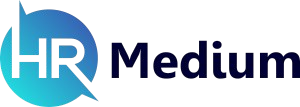A human resource management system (HRMS) is slowly becoming an indispensable tool in a firm’s arsenal. It helps tackle the toughest challenges in three main areas of HR tasks: payroll, benefits, and attendance.
Why should a firm invest in a solid HRMS?
Also Read: Customized HRMS vs. Out-of-the-Box System: Best Fit for Your Firm
Discover how an HRMS streamlines payroll, benefits, and attendance management.
It works on automating processes and centralizing data. By doing so, it reduces errors, improves employee engagement, and improves efficiency.
Processing Payroll with Ease
Starting with the area that incentivizes most people to work, processing payroll. It is a tedious task that involves complex calculations related to taxes, deductions, and more.
Human workers managing payroll create the risk of errors that can result in delays and mismanagement of funds.
How an HRMS Simplifies Payroll Management
With the entire process automated, there is greater accuracy in processing salaries, deducting taxes, and managing overtime pay.
Additionally, ensuring compliance with local, national, and international labor laws is simplified. This reduces any chances of legal and financial issues.
Employee Benefits Administration
Benefits received by today’s employees range from health insurance, leave policies, retirement plans, and more. Each has a complicated approval process from start to finish, something that can be simplified with a centralized system.
How an HRMS Simplifies Benefits Administration
An HRMS centralizes all data onto a singular, unified platform. This simplifies management for both parties, employees and HR. Each employee group has its own set of benefits. HR can manage it easily from one location.
It allows employees to manage benefits according to their preferences. For instance, an employee can update dependents as per their convenience.
Optimizing Attendance Management
The attendance of each individual employee is difficult to track. Undertaking this process manually is prone to errors and is time-consuming. An HRMS automates this process for better insights.
How an HRMS Simplifies Attendance Management
Time tracking is difficult under manual processes, and it may also make employees feel uncomfortable. With HRMS, employees can log in and logout digitally with ease.
Additionally, leave management can be simplified with automatic attendance records and immediate notifications to managers.
Conclusion: HRMS for Simplified Payroll, Benefits, and Attendance Management
Better management of these 3 critical processes results in greater employee satisfaction and efficient HR operation. An HRMS is a one-stop solution to resolve their individual challenges.














